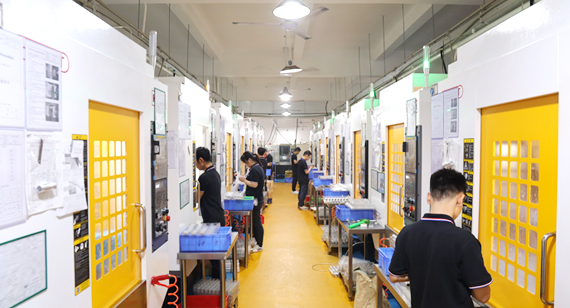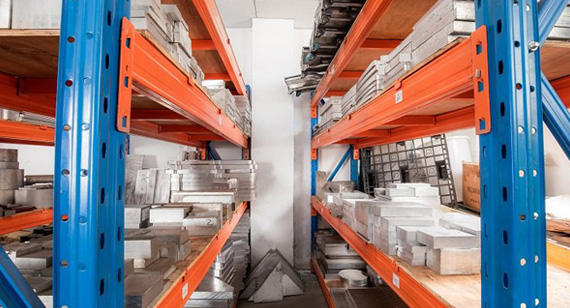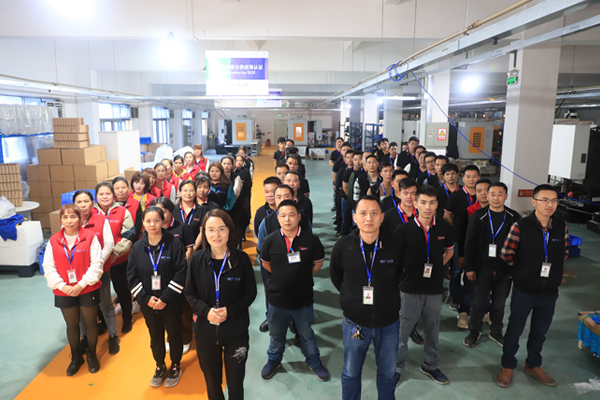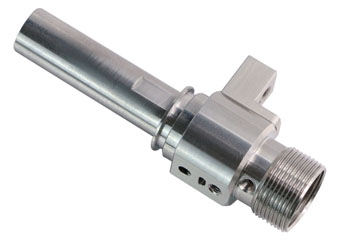15 years one-stop China custom CNC machining parts factory

Hey there I’m VMT Sam!
With 25 years of CNC machining experience we are committed to helping clients overcome 10000 complex part-processing challenges all to contribute to a better life through intelligent manufacturing. Contact us now
 114 |
Published by VMT at Dec 06 2023
114 |
Published by VMT at Dec 06 2023
CNC machining of stainless steel is a complex process critical to every industry, but the question looms: Why does it cost so much?
Introduce
In the field of CNC machining, stainless steel occupies an important position. Its corrosion resistance, strength and aesthetics make it the material of choice for manufacturing. However, the process from raw materials to finished products is very complex, leading to increased manufacturing costs.
In the world of precision CNC machining manufacturing, stainless steel CNC machining stands out for its exceptional durability and corrosion resistance. However, the excellence of this material does come at a price. Let’s take a deeper look at the complex factors that drive up the cost of stainless steel CNC machining manufacturing.
The importance of stainless steel in CNC machining
The properties of stainless steel make it indispensable in CNC machining. Industries ranging from aerospace to medical rely on its durability and resistance. This widespread use emphasizes its importance in the manufacturing field.
Learn about CNC machining
CNC machining involves precision and control, which are key elements in manufacturing stainless steel components. Achieving the desired results requires cutting-edge technology and skilled operators.

Factors affecting CNC Machining manufacturing costs
Raw material cost
Although stainless steel has excellent performance, it is also very expensive. Raw material expenses have a significant impact on overall CNC machining manufacturing costs.
Stainless steel's rugged nature presents significant challenges during machining. Its hardness and resistance to deformation require specialized tools and techniques, which significantly increases production costs.

Labor cost
CNC machining requires skilled operators. Their expertise guarantees quality but adds expense. Investing in training programs is critical.
Making stainless steel components requires skilled machinists with a deep understanding of the material's properties. The need for experienced personnel increases labor costs, reflecting the expertise required for successful processing.

Machine maintenance and tool wear:
Using stainless steel will accelerate tool wear due to its hardness. The need for frequent tool changes and the use of high-quality, wear-resistant tools adds additional expense to the machining process.
High precision requires well-maintained machines and cutting-edge tools. Regular maintenance and updates will incur additional costs.
Accuracy requirements:
The precision required for CNC machining of stainless steel is critical. Achieving tight tolerances and maintaining intricate details requires meticulous attention, and machining speeds are often slow, extending production times and thus costs.
The complexity of stainless steel processing
Stainless steel presents challenges because of its hardness and toughness. Achieving accuracy requires advanced technology, adding complexity and cost.
High quality standards for stainless steel products
Certain industries require the highest precision, such as aerospace and medical. Meeting these standards is non-negotiable and will increase overall manufacturing costs.
Ensuring flawless production of stainless steel components requires strict quality control measures. Inspection processes, advanced testing, and the need to strictly adhere to specifications further increase overall production costs.

Customization needs and costs
Customizing stainless steel products to meet specific customer requirements adds complexity and cost. Customization, while important, adds another layer of expense.
Technical progress of CNC machining
Despite the higher initial costs, investing in cutting-edge CNC technology can prove cost-effective in the long run. Striking a balance between innovation and cost efficiency is critical.
Skilled labor and training costs
Hiring a skilled CNC operator is an investment. Training programs not only ensure quality but also help achieve long-term cost-effectiveness.
Environmental regulations and compliance
Compliance with environmental regulations affects the manufacturing process. Implementing environmentally friendly practices may increase costs but are necessary for compliance.
Market Competition and Pricing Strategy
In a highly competitive market, finding the right balance between quality and price is challenging. Strategic pricing decisions impact market position and overall revenue.
Case study
Examining successful cost management in stainless steel CNC machining can provide valuable insights. Industry leaders’ strategies offer lessons for addressing cost challenges.
The future trend of stainless steel CNC machining
Anticipated technological advances could revolutionize stainless steel processing. Understanding these trends is critical for planning future investments and cost management.
Reduce costs without compromising quality
Effective cost reduction strategies can be implemented without compromising product quality. Balancing cost-effectiveness with high standards is the key to long-term success.

In conclusion
The increased cost of CNC machining of stainless steel stems from the inherent toughness of the material, the need for specialized tools, precision requirements, the need for skilled labor, and strict quality control measures. While the cost may be higher, the end result is a product known for its resiliency, longevity and ability to withstand harsh environments, proving the value of stainless steel precision machining.
The high manufacturing costs of stainless steel CNC machining stem from a variety of factors. From raw material expenses to skilled labor and compliance, every aspect plays a vital role. Understanding this complexity is critical for manufacturers seeking to successfully navigate this challenging environment.
Frequently Asked Questions
Are the high costs of stainless steel CNC machining justified?
Yes, the unique properties of the material and the precision required in some industries justify the cost.
How do manufacturers balance the need for customization with cost considerations?
Striking a balance between customization and cost requires efficient planning, technology adoption and streamlined processes.
Are there government incentives for environmentally friendly CNC machining practices?
Some regions offer incentives for environmentally friendly practices, but conditions vary and manufacturers should stay informed.
What role do market trends play in affecting stainless steel CNC machining costs?
Adapting to market trends is critical to staying competitive, but manufacturers must carefully assess the impact on costs.
How do small manufacturers compete in the stainless steel CNC machining industry?
Small manufacturers can focus on niche markets, invest in training, and leverage technology to compete effectively.
Ready To Start Your Next Project?
Get Instant Quote

Request a Free Quote
Send us a message if you have any questions or request a quote. We will get back to you ASAP!